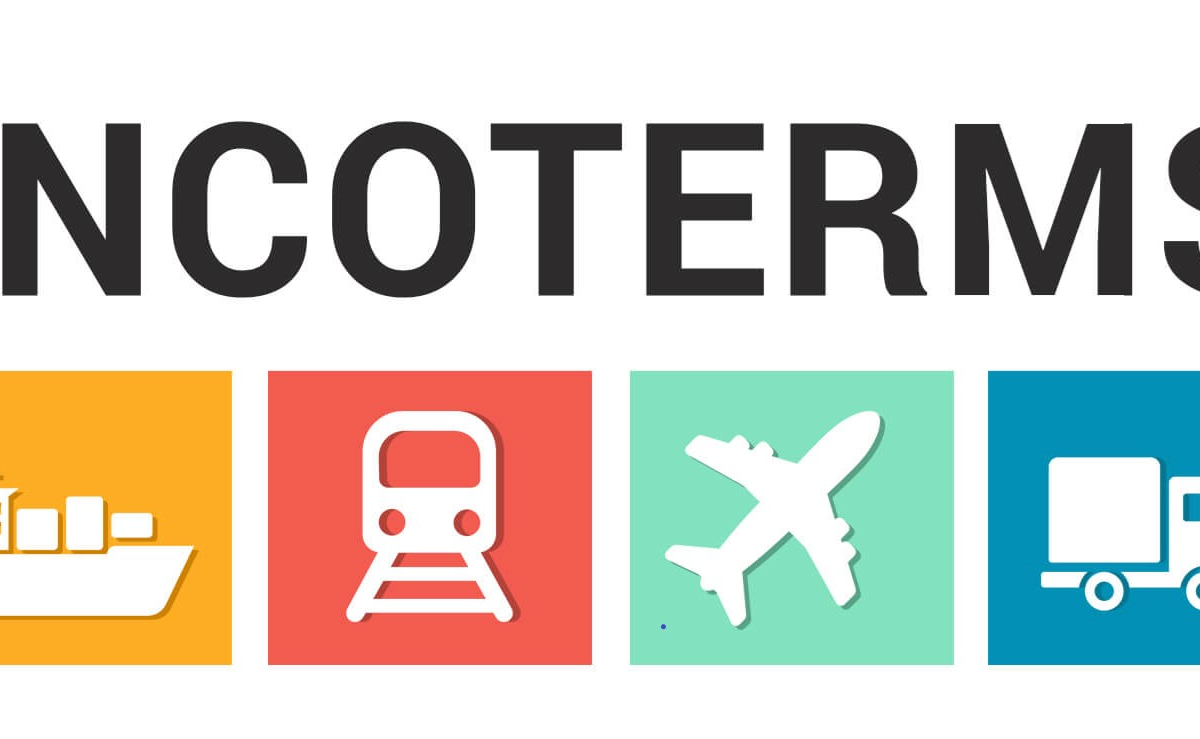
This is written by Austin Garcia
The White House just announced a one-month delay. Vehicles from Mexico and Canada will be exempt. This applies to those under the USMCA agreement. This temporary rule started March 5, 2025. It gives a brief break. A 25% tariff had just been imposed. That tariff began on March 4, 2025.
The exemption mostly helps vehicles. They must meet “rules-of-origin” in USMCA. These rules ensure many parts come from North America. This boosts regional trade. It also lessens reliance on other countries.
Why This Exemption Matters
The delay is a smart move by the Administration. It gives automakers time to adapt. Companies like Ford, GM, and Stellantis benefit. Press Secretary Karoline Leavitt explained this. The period helps the industry adjust. It aligns with a stronger U.S. auto sector. The government wants to cut trade imbalances. It also aims to create more U.S. manufacturing jobs.
Without this delay, automakers faced big problems. Supply chains could have been disrupted. Raw materials would cost more. Car prices for U.S. buyers might rise. It could also strain U.S. ties with Mexico and Canada.
Industry Reaction: Mixed Feelings
Automakers welcome this temporary break. They see it as needed. But the broader tariff policy causes debate. Industry leaders worry about long-term impacts. They fear effects on supply chain efficiency. Vehicle affordability is also a concern. Trade experts question these tariffs. They wonder if they fit the USMCA spirit. USMCA aims to boost North American trade.
Opponents say tariffs hurt trade stability. They create uncertainty for businesses. This also affects consumers. Supporters see tariffs as bold. They aim to level the playing field. This helps U.S. makers against unfair rivals.
What Happens Next?
The one-month window ends April 2, 2025. After this date, 25% tariffs will apply. This will happen unless new deals are made. Automakers will likely negotiate with suppliers. They will also boost domestic production efforts. For buyers, the industry will try to limit price hikes.
Trade talks continue. All eyes are on the U.S., Mexico, and Canada. Their decisions will shape the future. This includes the auto industry. It also affects trilateral trade across North America.



